Reformation and the Thirty Years' War
1500–1650
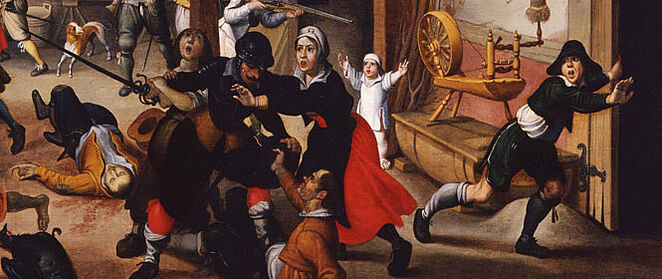
In the 16th century the teachings of Luther, the distribution of which was aided by early book-printing, gave the impulse for a reform of the church that resulted in profound religious and political changes in the Empire. The political powers split into followers and opponents of the Reformation. The Religious Peace of Augsburg in 1555 brought decades of peace and encouraged the growth of urban culture in many places. Around 1600 increased confessional differences and political conflicts led to the Thirty Years’ War, from 1618-1648. The Empire became the theatre of this war; testimony to its horrors can be found not only in drawings and reports of the time, but also in the armour and weapons in the historical collection of the Zeughaus. The battles were soon joined by other European powers that were less concerned with the religious issues than with their own interests in power politics. Not until 1648 could the Peace of Westphalia create a new European order, which was then to guarantee peace for the next halfcentury.
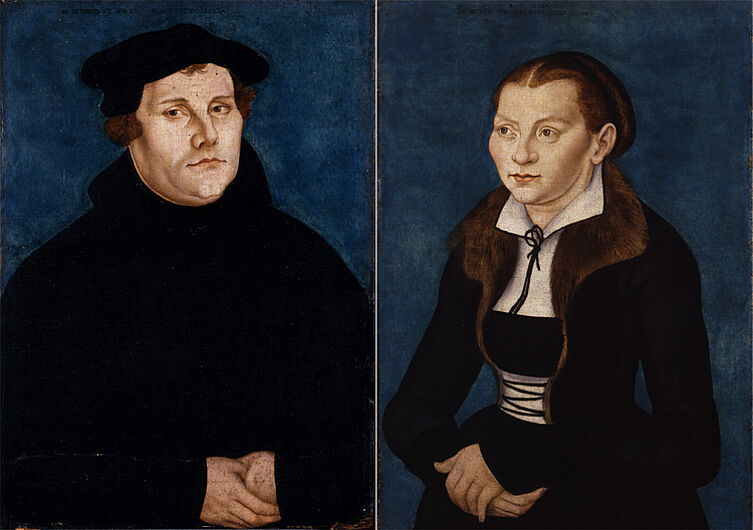
Lucas Cranach, Martin Luther (1483-1546), ca. 1529, Katharina of Bora (1499-1552), ca. 1529.
(Inv.Nr. 1989/1547.1)
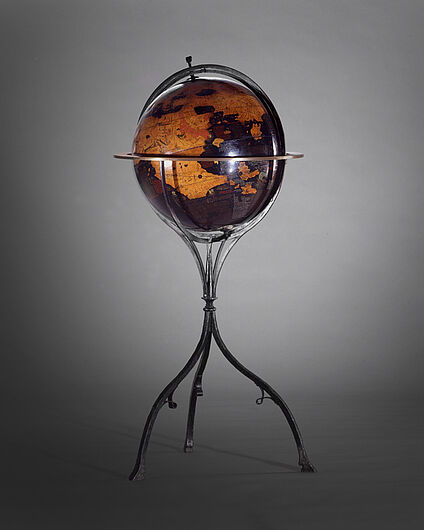
Martin Behaim, Copy of the Behaim Globe, ca. 1892, Original 1492.
(Inv.Nr. AK 2010/202)
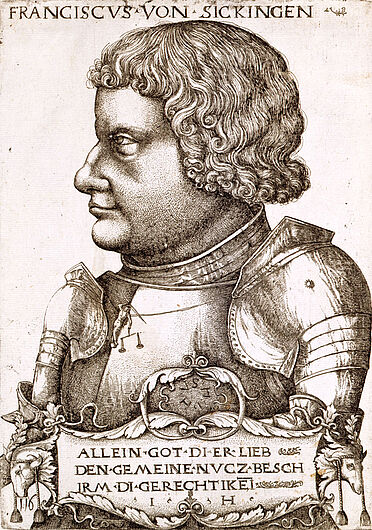
Hieronymus Hopfer, Franz von Sickingen, ca. 1530.
(Inv.Nr. Gr 2001/79)
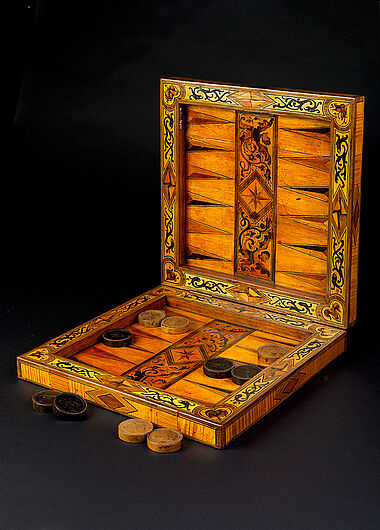
Hinged Game Board Box for Chess, Checkers, Nine Men's Morris and Tric-Trac, ca. 1600.
(Inv.Nr. K 59/495)
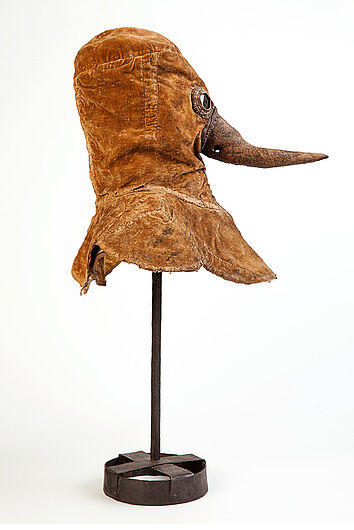
Mask Supposedly Worn By Plague Doctors, Germany, Austria, 1650-1750.
(Inv.Nr. AK 2006/51)
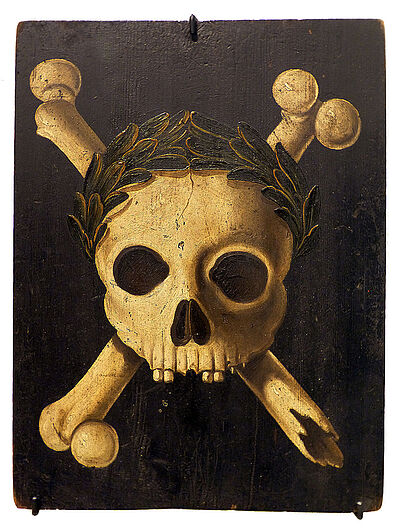
Plague Panel with the Triumph of Death, 1607-1635.
(Inv.Nr. 1991/2938)
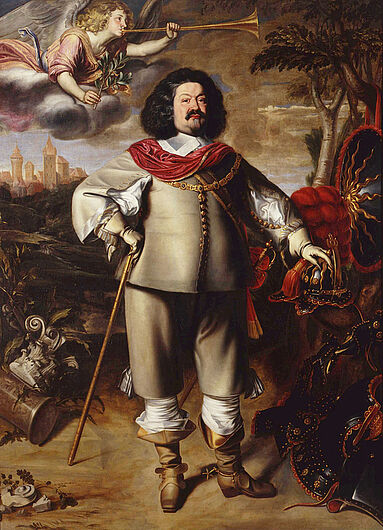
Anselmus von Hulle, Commander Octavio Count Piccolomini Piere de Arragona (1599-1656), Duke of Amalfi as Chief Representative During the Nuremberg Peace Congress 1650/51, 1650-1651.
(Inv.Nr. Gm 95/65)
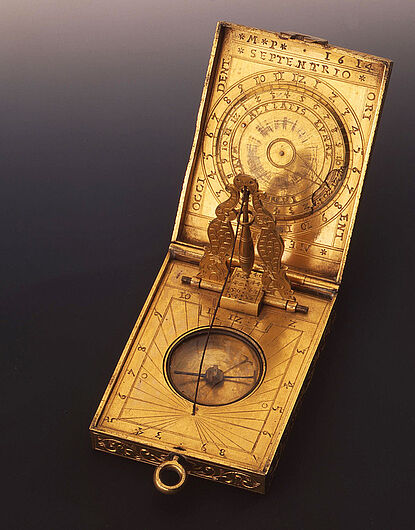
Markus Purmann, Foldable Travel Sundial, 1614.
(InvNr. KG 2000/6)
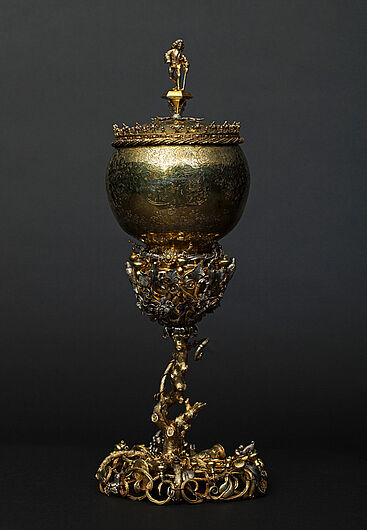
Ludwig Krug, Lidded Goblet in the Shape of a Pumpkin – Lidded Goblet with Branch Foot and Bottle Gourd-Shaped Cup, ca. 1530.
(Inv.Nr. KG 2001/6)
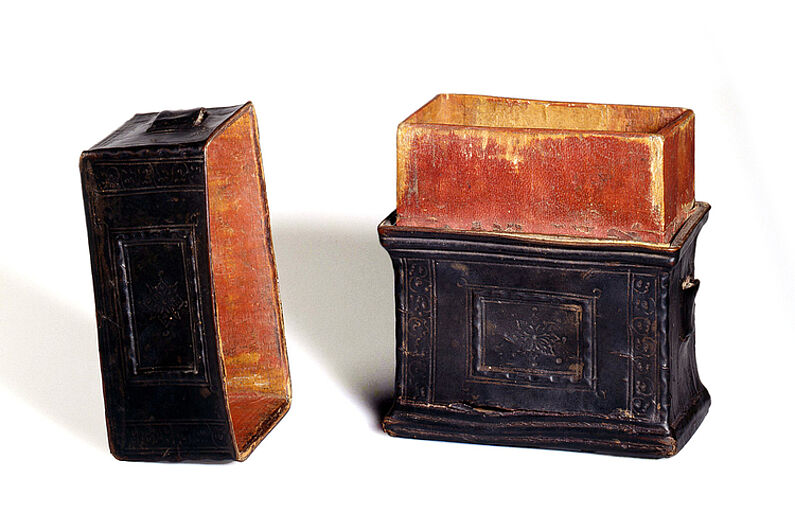
Portable Book Case, 1401-1500.
(Inv.Nr. KG 93/34)
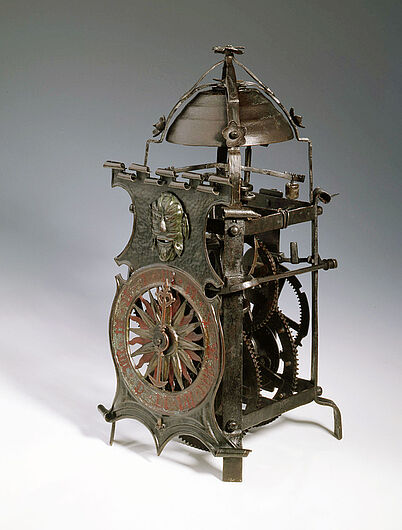
Console Clock with Sun Motif and Mascaron, 1603.
(Inv.Nr. KG 2001/23)
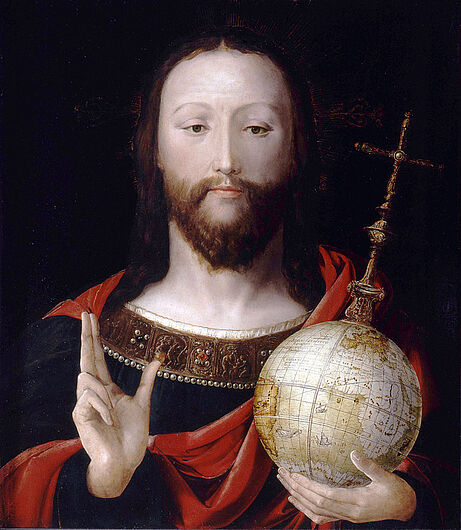
Salvator mundi – Christ with the globe, 1537-1545.
(Inv.Nr. Gm 93/24)
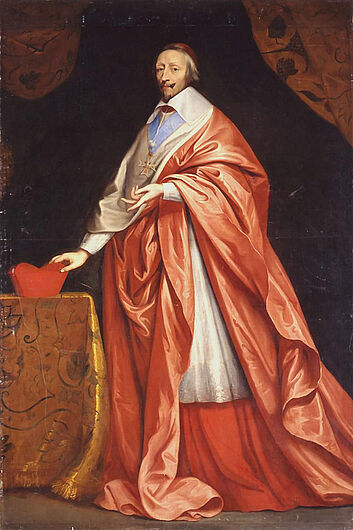
Philippe de Champagne, Cardinal Richelieu (1622-1642), after 1650.
(Inv.Nr. Gm 94/10)
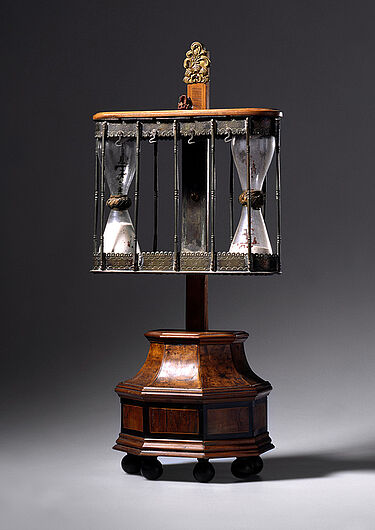
Michael Mann, Pulpit Hourglass, 1601-1625.
(Inv.Nr. KG 2007/5)
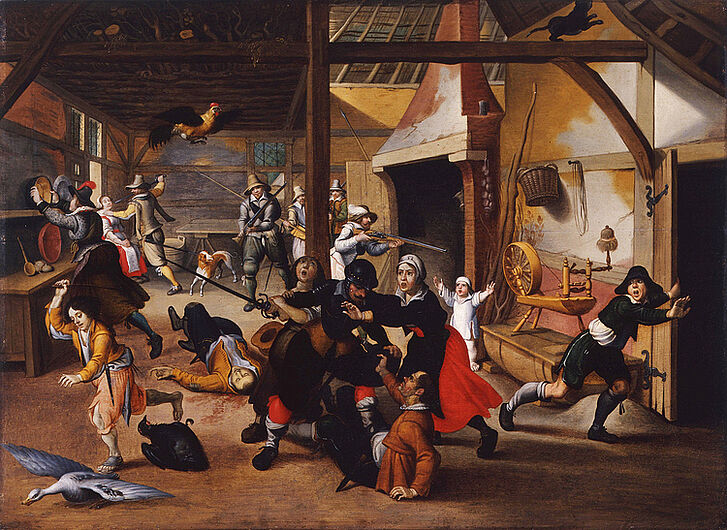
Sebastian Vrancx, Soldiers Looting a Farm, ca. 1600.
(Inv.Nr. 1988/1842)
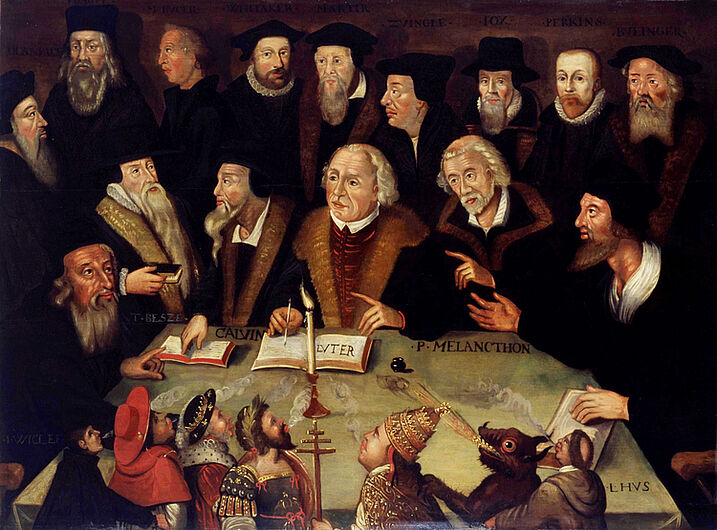
Martin Luther Surrounded by Reformers, 1625-1650.
(Inv.Nr. Gm 97/24)
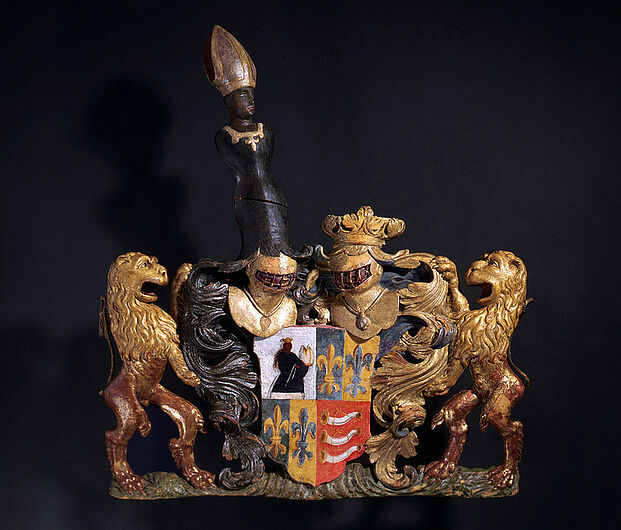
Coat of Arms of the Fugger Family, 1501-1600.
(Inv.Nr. Kg 90/120)
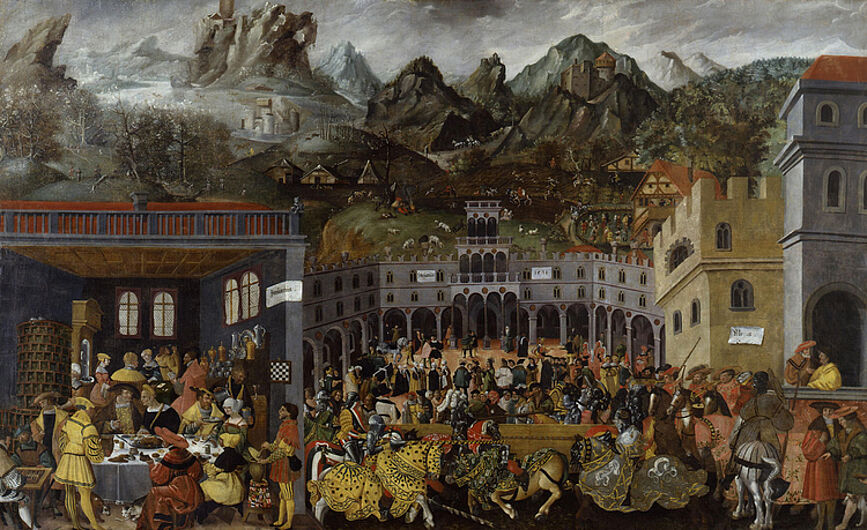
Jörg Breu the Elder (Successor), Monthly Paintings of Augsburg: Spring (January, February, March), 1531-1550.
(Inv.Nr. 1990/185.1)
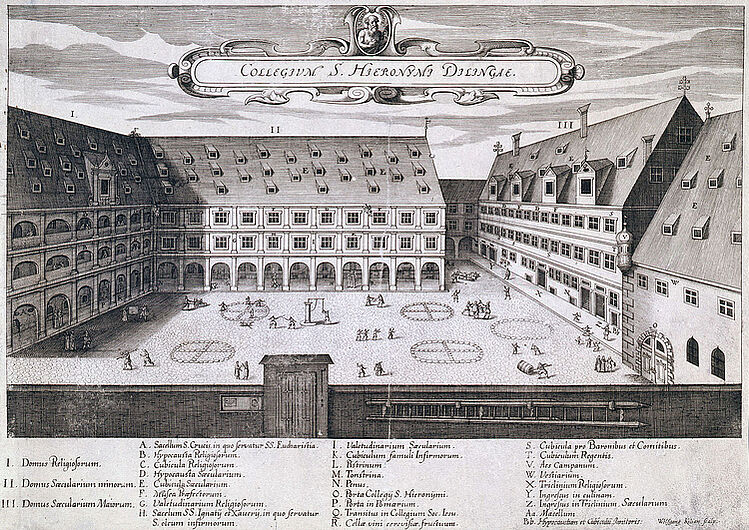
Wolfgang Kilian, The Jesuit College of St. Hieronymus in Dillingen, 1618/1620.
(Inv.Nr.Gr 53/1121)
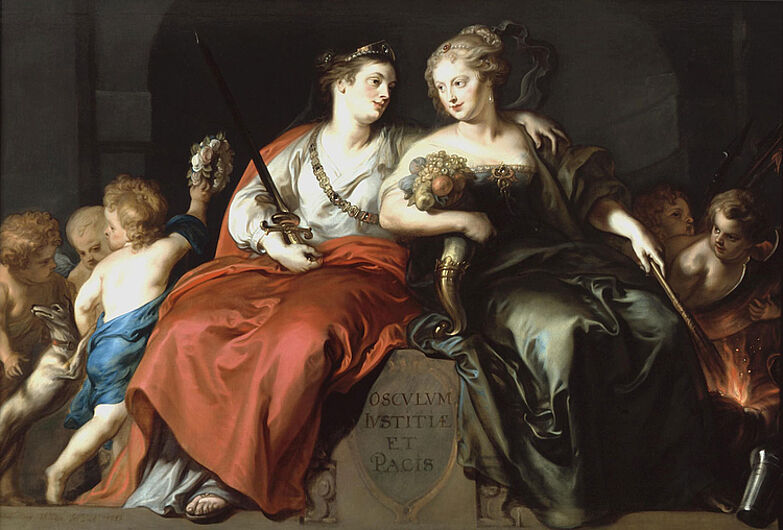
Theodor van Thulden, Allegory of Justice and Peace After the Thirty Years War, 1649.
(Inv.Nr. Gm 2001/10)
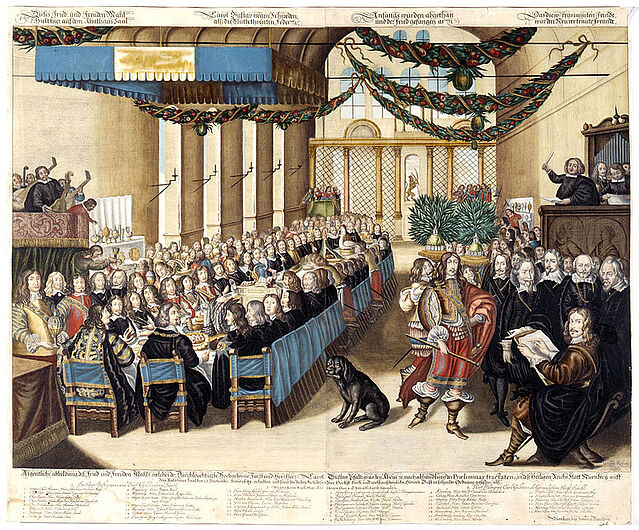
Wolfgang Kilian, The Nuremberg Peace Supper on September 25, 1649, after 1649.
(Inv.Nr. Gr 61/951)